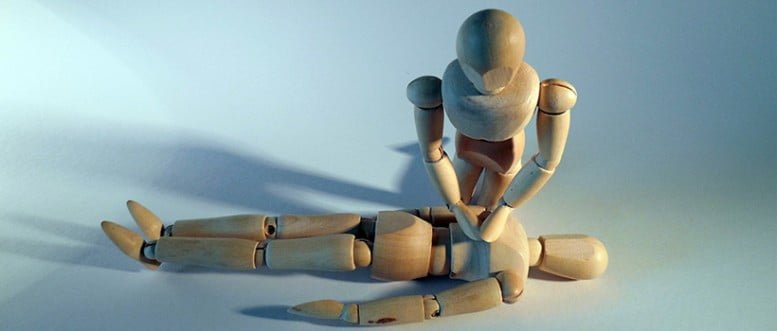CNESST: Four key elements every dance professional should know

© Succo – Pixabay
In dance, health and safety are major issues that require constant attention. Injuries are a frequent occurrence and can incur significant costs for both the dancer and the producer employing them. Beyond the issue of costs, not being aware of your rights, or inadequate communication between employee and employer, can cause delays in the treatment of your file or even make you ineligible for the protection program for salaried employees. Knowing exactly how the CNESST relates to the realities and circumstances specific to the dance world is essential for all dance professionals, whether they be independent choreographers, managers, or salaried or freelance dancers. Take a few minutes to discover four MUST KNOWS about the CNESST!
1. Dancers are automatically covered by the CNESST
Surely the most important thing to remember! Yup, dancers actually enjoy worker status according to the CNESST and are therefore automatically covered. In fact, all members of the professions represented by the UDA, the GMMQ, ACTRA, AQTIS, and the CAEA are covered, even if a dancer is not a member of the UDA and their employer has not signed a collective agreement with the UDA.
If a dancer is hired by an employer who is not registered as such with the CNESST, that does not prevent the dancer from filing a claim in the event of an accident. On the contrary, the employer will actually face consequences for not being registered, which may include fines, penalties, and a gruelling investigative process. No one wants to be in that situation, so make sure you are registered as soon as you start working with the dancers!
Eligible expenses:
In the event of an accident, eligible expenses can include: living expenses, accommodations, meals, medication, clothing, and treatment… but in order to be reimbursed, make sure you keep the invoices and have a prescription from your physician.
2. Don’t waste your contributions
Employers should be attentive, but nevertheless it is important to only declare those salaries and fees that are actually relevant. Every salaried worker is automatically covered. But what about the choreographer, the rehearsal director, the lighting technician or the technical director? Logically, they would also all be automatically covered, but unfortunately, most dance professionals are not actually covered unless they work more than 420 hours for the same employer.
There are many other subtle distinctions that go into determining which workers are self-employed. Therefore, knowing whether a fee should be declared or not depends on having a good understanding of all the conditions involved. If your profession is not automatically covered, I would advise you to consider signing up for the personal protection offered by the CNESST (in FR).
3. In the event of a lawsuit
It is important to understand that, in the event of a lawsuit going to court, there are three parties involved: the dancer, the employer, and the CNESST. If two out of three parties agree, they win the case. It is essential for the dancer to keep their employer informed about everything, as soon as the accident occurs and in the period following it, so that they are both in tune.
4. The ABC’s of first aid in the workplace
Did you know that an employer is required to have a first aid kit on hand, and make sure that a certified first-aider is on the premises at all times, whether it be in the studio or at the theatre? Fortunately, first aid training is subsidized by the CNESST! Did you know about the Register of Accidents? All employers must obtain one (the CNESST will mail it free of charge) and record every accident that occurs, EVERY ONE, even if it’s a small scratch! The register can then be referred back to if the injury gets worse.
Of course, we should all remember that a healthy work environment and accident prevention habits are still the best strategies to integrate into the practice of our art! If your curiosity is piqued, please refer to the Guide de prévention • arts de la scène (In FR), which will offer helpful, easy-to-apply tips.
In November 2018, the RQD offered the training program Demystifying the CNESST (dancer workshop), led by Amélie Gauthier, Executive Director of Bouge de là, and Joannie Douville, a dancer and choreographer.

Amélie Gauthier is the Executive Director of Bouge de là, a Quebec professional dance company catering exclusively to young audiences.

Joannie Douville works in dance for young audiences (Bouge de là, since 2012) and is active as a creative dancer and teacher.
Updated in February 2021

